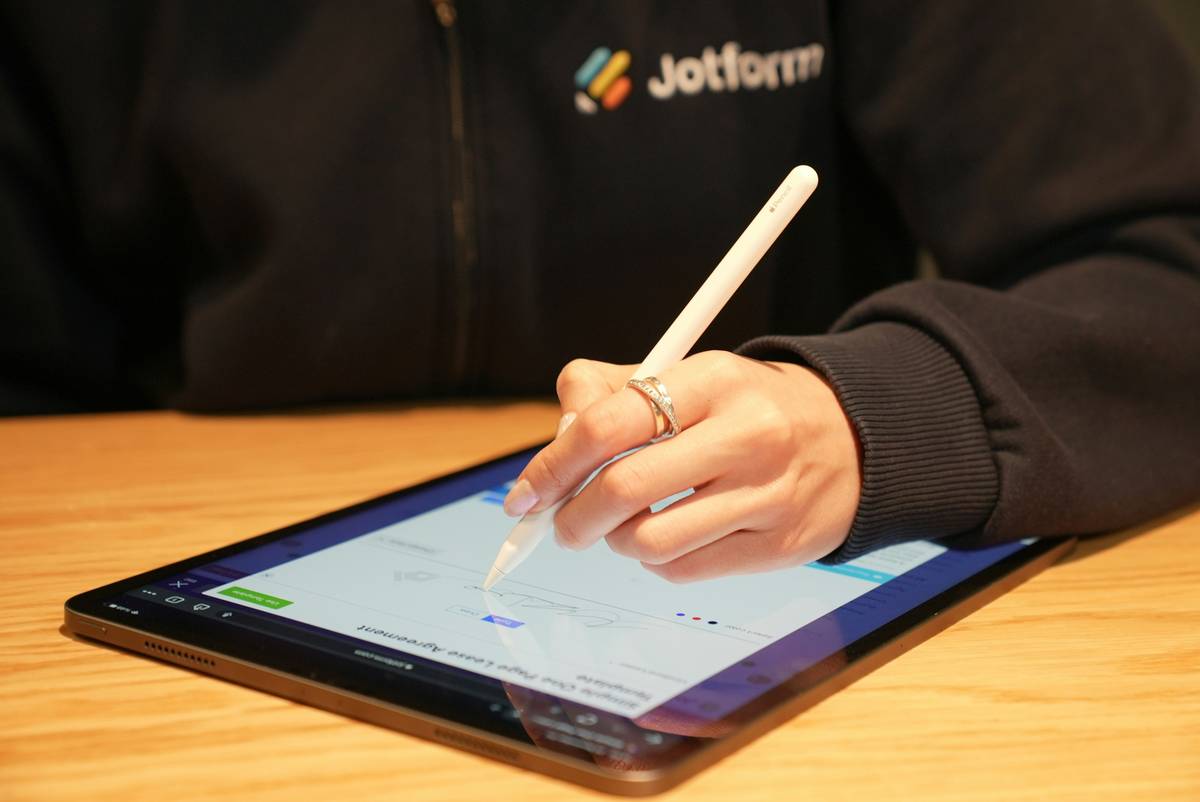Ever spent hours sifting through spreadsheets, Google Scholar tabs, and random PDFs just to pull together one coherent dataset? Yeah, us too. And it sucks—not only does it burn hours of your life but also leaves you questioning why humans haven’t invented teleportation yet. Luckily, there’s hope: a data aggregation app. Yes, that’s right—an app designed to do the grunt work for you, so you can focus on what matters most: analyzing insights, publishing findings, or even taking that much-needed coffee break.
In this post, we’ll dive into the world of research apps, specifically those magical tools known as data aggregation apps, and how they can supercharge your workflow in health & wellness studies. You’ll learn:
- Why traditional methods fail modern researchers (spoiler alert: manual work).
- A step-by-step guide to finding the perfect app for your needs.
- Tips, tricks, and brutal truths about managing big datasets efficiently.
Table of Contents
- Key Takeaways
- The Problem with Manual Data Collection
- How to Choose Your Perfect Data Aggregation App
- Tips for Maximizing Productivity
- Real-World Examples
- FAQs
Key Takeaways
- Data aggregation apps save time by automating tedious data collection tasks.
- Choosing the right tool depends on usability, compatibility, and scalability.
- Pairing these apps with mindful workflows boosts productivity exponentially.
The Problem with Manual Data Collection
“Wait,” you might say, “‘manual’ has worked for decades—why change now?” Oh sweet summer child. Let me tell you a story. Once upon a broken wrist, I decided to compile all my fitness tracker stats manually for a month-long experiment. Long story short: chaos ensued. By day five, my laptop sounded like a jet engine from overheating Excel sheets (whirrrrr), and by day seven, I gave up entirely.
This is where things get spicy: did you know up to 80% of researchers’ time is wasted wrestling with unorganized data? Think about that. Four out of every five hours could be better spent interpreting results instead of hunting down missing CSV files. A good ol’ data aggregation app cuts straight through the clutter like butter.

How to Choose Your Perfect Data Aggregation App
What Exactly Does “Perfect” Mean?
Optimist You:* “I need an app that makes everything easy!”
Grumpy You: “Easy doesn’t exist unless caffeine’s involved.”
All jokes aside, here’s how to pick:
Step 1: Determine Your Specific Needs
Are you tracking clinical trial outcomes or personal well-being metrics? Different apps specialize in different areas. For instance:
- Zotero: Great for academics needing citation management alongside data.
- Google Sheets + Zapier Integration: Ideal if simplicity and cost-efficiency matter more than advanced analytics.
Step 2: Test Usability
If navigating feels harder than solving a Rubik’s Cube blindfolded, move along. Look for intuitive interfaces and decent support resources.

Tips for Maximizing Productivity
- Automate Everything You Can: If a task takes over two minutes repeatedly, automate it.
- Organize Datasets Early: Poorly labeled columns are scarier than horror movies.
- Don’t Overload Yourself: Use filters and segmentation features sparingly—it’s not Twitter; restraint is key.
Rant Time!
Oh, let’s talk about this gem—apps without export options. Seriously, developers? Why trap users inside proprietary formats?! It’s enough to make anyone scream at their screen louder than when Windows updates during a live presentation… oh wait.
Real-World Examples
Consider Jane Doe, Ph.D., who used Mendeley—a robust data aggregation app—to streamline literature review processes. She reduced her prep time by 60%, leaving room for family dinners (finally!). Another win goes to Mark Smith, MD, who integrated Fitbit APIs with custom dashboards for monitoring patient recovery trends—all thanks to smart app choices.

FAQs
Q: Are free data aggregation apps worth it?
Absolutely—if they meet your requirements. However, remember: “free” often means limited functionality or ads galore. Pro tip: Try before committing long-term.
Q: What’s the best data aggregation app for beginners?
Start simple with Google Forms linked to Sheets. As skills grow, upgrade to Zotero or Airtable.
Q: Any terrible tips I should avoid?
Yes: don’t jump headfirst into pricey enterprise solutions without testing cheaper alternatives first. Budget wisely; no one likes regret.
Conclusion
To recap: ditching manual methods for a reliable data aggregation app is non-negotiable in today’s fast-paced research landscape. Whether chasing groundbreaking discoveries or improving daily routines, the right tool streamlines complexity and amplifies success.
So go ahead, give yourself permission to embrace tech magic. After all, like a Tamagotchi, your SEO—and sanity—needs daily care.
One last thing… stay curious, keep experimenting, and above all else—stay caffeinated. 😉
(P.S.: Here’s your bonus haiku: Rows turn to insight / Chaos bows to algorithms / Peaceful research dreams.)


